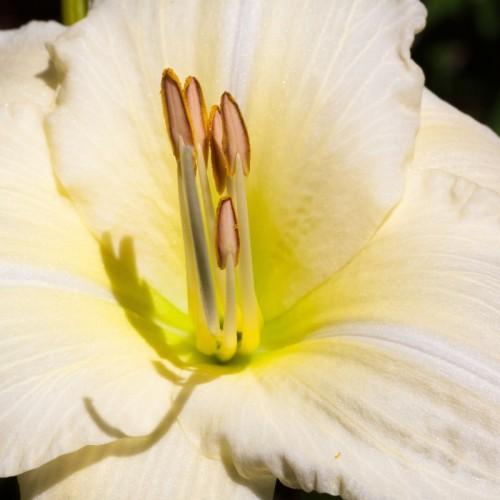
daylily
Hemerocallis 'Sister Clara'
Cycle:
Herbaceous Perennial
Watering:
Average
Hardiness Zone:
3 - 9
Flowers:
Flowers
Sun:
Full sun,part shade
Leaf:
Yes
Growth Rate:
Low
Maintenance:
Low
Drought Tolerant:
Yes
Salt Tolerant:
Yes
Care Level:
Medium
watering
Daylilies (Hemerocallis 'Sister Clara') should be watered about once a week during the summer months or during periods of extended dry weather. The best time to water the plant is in the morning, allowing the leaves plenty of time to dry before nightfall. Be sure to thoroughly soak the ground, ensuring that the water reaches the plant's root system. Allow the top inch or 2 of soil to dry out before adding any additional water. As a general rule, if the soil feels dry 1-2 inches down, then it’s time to water.
sunlight
Daylilies (Hemerocallis 'Sister Clara') prefer full sun, meaning they need at least 6 hours of direct sunlight each day for optimal growth and blooming. It's best to provide them with the morning sun, which is not as intense as the afternoon sun. Too much intense afternoon sun can scorch their leaves. It's best to give daylilies partial afternoon shade in areas with very hot summer sun.
pruning
Pruning daylilies (Hemerocallis 'Sister Clara') should be done in late spring after the plant has finished blooming. Thin out any flower stalks that may be overcrowding the plant and trim off any dead or wilting foliage. Cutting back the entire plant with clean and sharp shears is also recommended to promote new and healthier growth. Remove any dead or faded blooms, as well as any clumps of foliage on the outer edges of the Daylily's crown. Prune the daylily to about 6-12 inches in height. Trim back all shoots growing near the crown to 3 inches, and cut off any flower heads that have begun to fade. Re-prune in early summer if the Daylily seems to be overgrowing or has been affected by a disease.
